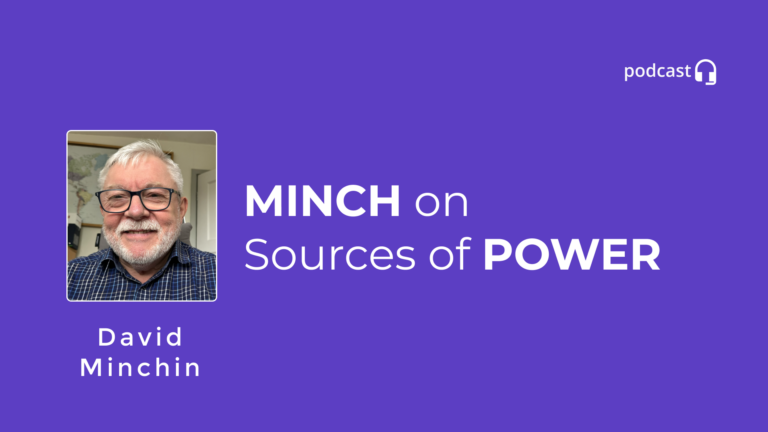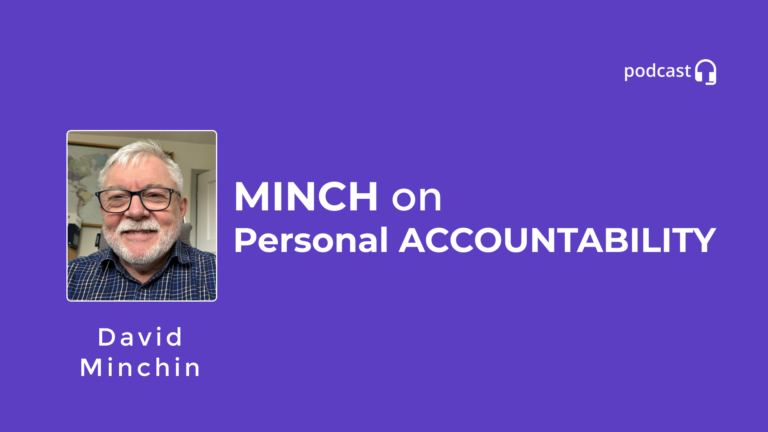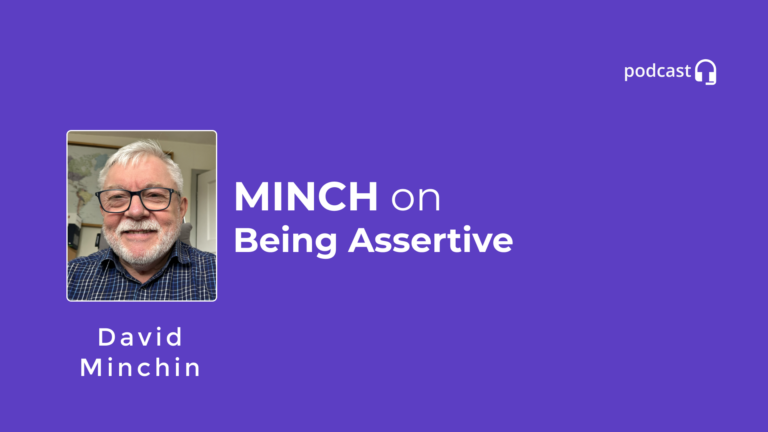MINCH on Listening to Understand
by David Minchin
For those of us who are lucky enough to have the capacity to hear, listening is pretty easy isn’t it?
So, why is one of the worst aspects of communication today listening?
Mastering the art of listening can catapult people ahead of the pack. The Following tips
from countless of opinions about listening are…
‘Simple’ but not ‘easy’
They are ‘simple’ because they are so obvious, because everyone knows how they should listen. However, they are not ‘easy’ because in order to become a truly compelling listener requires a change in focus and attitude.
We need a focus on the other person’s situation and an attitude of genuinely wanting to understand things from their perspective and how they see the world.
So it’s three things Focus, Reflect and Summarise.
Starting with …
Focus:
- Be quiet
- Show that you are listening, study faces.
- Move Closer – reduce the distance between you and the speaker, lean towards them indicates that you want to capture every word. But not too close!
- Remove barriers between you and the speaker. Make encouraging gestures and verbal responses. Non-verbal cues (nodding, eye contact etc.) will underscore your desire to pay attention.
- Calm Down. If you’re itching to interrupt, it will show in you body language. You may sway from side to side or nod too much, as if to say “Yes, you’ve made your point; now you’re repeating yourself.” This can make a speaker feel rushed to finish, skipping key information. Do you do this?
- Listen to understand rather than listen to respond. That way, you’ll keep an open posture. You’ll avoid crossing your arms to indicate you’re closed to the information coming in.
- You can tell when impatient listeners stop listening and start thinking of what they want to say next. How? They appear less riveted to the speaker and more preoccupied. They may pounce on any pause to jump in and redirect the conversation, or worse still, start talking over the other person.
- Be determined to listen.
The second element is …
Reflect:
- Ask ‘open’ questions. Again, easy to say, but in practice we are notoriously bad at this.
- Re-state your understanding of the content of what was said.
- Reflect feelings in words and actions – ‘Oh I see, when that happened it must have been a really tricky time for you’
Finally… Summarise:
- Summarise, in your own words, your understanding of the situation i.e. paraphrase
- Check with the speaker that you have correctly interpreted what they were saying
- Indicate a willingness to re-listen if your interpretation is not correct
- If you have listened and still decide to hold your ground, or take another course of action, at least explain the reasons why you have chosen to do so. Listening is about genuinely showing that you have taken in the other persons perspectives even though you may not always agree with them.
We shouldn’t just assume that we already do these things, because our behaviour becomes automatic, therefore we need to metaphorically ‘look in the mirror’
Finally…. The last 3 letters in listen is ‘ten’. Listening is 10 times more Powerful, in the long run, than talking!
Anyway that’s it for now – Thank you for reading, stay curious and keep learning.







